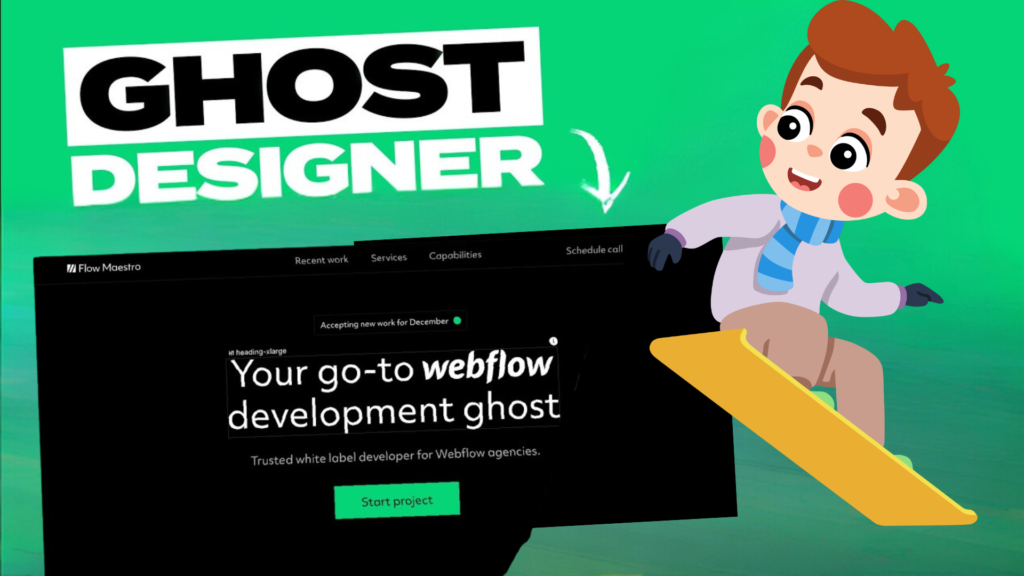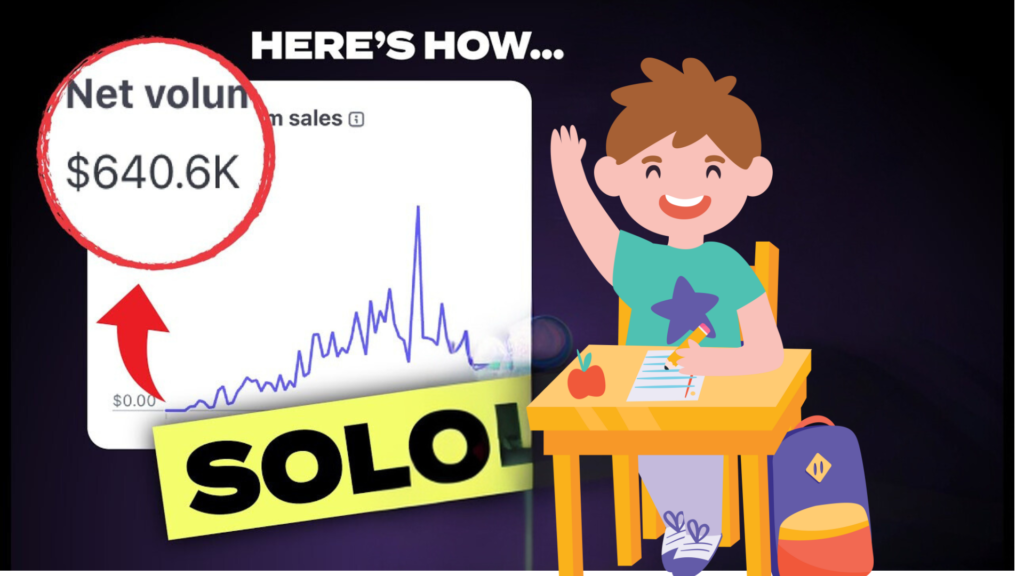The World of Freelance Design: A Survival Guide
The World of Freelance Design: A Survival Guide Discover the world of freelance design and learn how to become a successful design ghost. This guide provides insights into effective outreach, showcasing abilities, and building trust with agencies. The world of freelance design can be cutthroat. Most freelance designers are struggling to find enough projects to pay their bills, while a small group of agencies are getting the majority of the work, often more than they can even fulfill. The 90/10 Split in Freelance Design If we were to break this down, it would be about a 90/10 split. This means that there are 90 percent of freelance designers fighting over just 10 percent of the clients and the client projects, while the other 10 percent of agencies get 90 percent of all those projects. The Struggle of Individual Designers The reason for this divide is that these agencies have had the time and the money to build up a brand, a reputation, a portfolio, and a track record. It becomes much easier for them to land clients, all while individual designers, especially those starting, are struggling to find even the smallest projects. The Solution: Becoming a Design Ghost So, what you need to do as that solo designer is to find a way to connect with these agencies and get them to be willing to pass over to you their extra projects. These are often projects that come when they’re overbooked, or they’re smaller budgets, or they might even be client projects from clients that are a little bit more difficult to work with. The Role of a Design Ghost Putting yourself in this position with these agencies is what I call being a “Design Ghost”. You’re the person behind the scenes that does all of the fulfillment, the design, the development, and then the agency handles all of the stuff in the front office. The Freedom of a Design Ghost This might sound like you’re an employee, but that’s not the case. You still have the freedom to choose what you do with your time. You have the freedom to choose which projects you want to take on, and you’re essentially just sitting back and letting these agencies bring projects to you. The Challenge of Becoming a Design Ghost However, it’s not as easy as it seems. The hardest part of this whole thing is getting agencies to notice you, trust you, and want to pass their work over to you. The Importance of Proper Outreach As I was thinking about this, I thought back to all of the ridiculous messages and emails that I’ve received from people reaching out and asking me to give them clients give them free work, or bring them on. There are a lot of really bad examples that I’m going to share here in just a minute, and I’m going to show you what not to do when you’re sending these outreach messages to agencies. Conclusion Before we dive into these outreach examples, there are a few things that we have to remember. These agencies are busy, and so you have to be respectful of their time. Next is, that these agencies do not need you as badly as you need them, and so coming in and acting like a hot shot and acting like they would be lucky to have you is not the right approach. The Pitfalls of Outreach Outreach is a crucial part of becoming a design ghost. However, it’s important to remember that these agencies are busy, and you have to be respectful of their time. They have the positioning and the power to land new clients, so you have to be appreciative and respectful of that. If you can show them you’re willing to fit into their system rather than them fitting into yours, they’re more likely to respond to you. The Wrong Way to Reach Out Unfortunately, many designers approach outreach the wrong way. Here are some examples of actual outreach messages that miss the mark: “Wondering if you had any extra work you could pass my way.” This message comes across as needy and self-centered. “I am looking to scale my business and wondering if I could take some clients off your hands.” This message is self-serving and doesn’t offer anything to the agency. “I can help with some smaller clients that you are unable to take on.” This message is a bit better, but it still doesn’t offer a compelling reason for the agency to work with you. “I have struggled to find my clients and wondering if you had any advice you could give me.” This message doesn’t instill confidence and asks for free advice, which is unlikely to be given. The Importance of a Good Outreach Message A good outreach message is personalized, specific to what the agency is looking for, and reassuring. It shows that you understand the agency’s needs and can provide value. In the next part, we’ll discuss how to craft an effective outreach message that gets noticed and remembered by agencies. The Right Way to Reach Out Jane, a fictional character in our transcript, provides an excellent example of how to reach out to agencies. Here’s the message she sent: “I’m Jane. I followed your YouTube channel and digital for a while now. I recently watched your video on how to find clients and it has been a huge help. Anyways, I’ll be super quick because I know you have things to do. I’m a white label webflow developer. I call myself a webflow ghost. I work with agencies like yours to help you relieve the stress of managing smaller or needier clients. I know they can be frustrating and draw your attention away from larger clients and filming more YouTube videos, but I also know it would be nice to still service those smaller clients and not lose out on that revenue.” Jane’s message is personalized, and specific, and addresses the pain points of the agency. She
The World of Freelance Design: A Survival Guide Read More »










